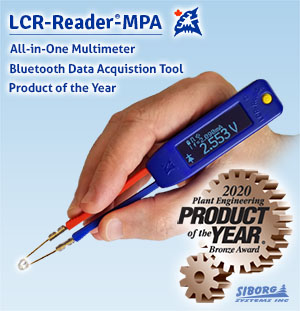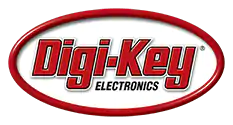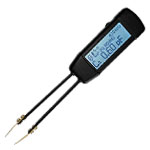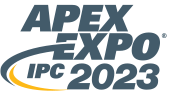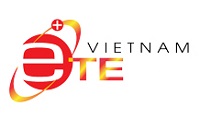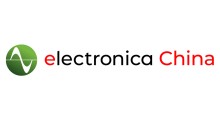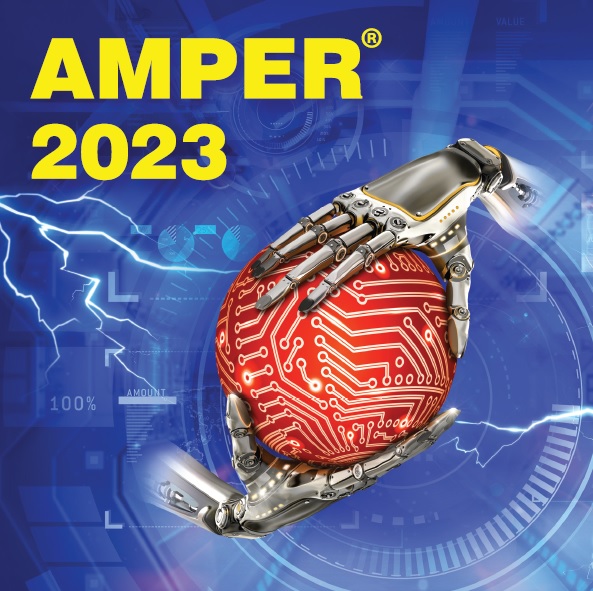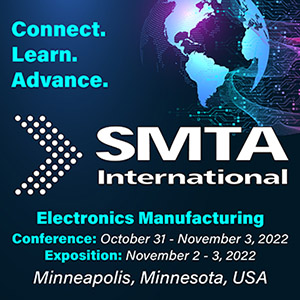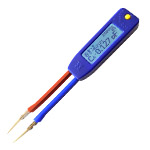
Finally Available:LCR-Reader-R2
High frequency multimeter with 250 kHz and Analog Signature Analysis
Read More
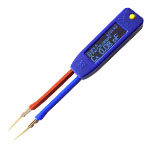
LCR-Reader-MPA
All-in-one digital multimeter with 0.1% basic accuracy, 100 kHz test frequency and an unrivaled functionality.
Read More
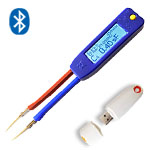
LCR-Reader-MPA Bluetooth
LCR-Reader-MPA with remote recording of all measurement data; one-click pass/fail assessment.
Read More
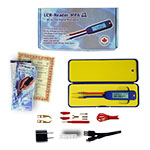
LCR-Reader-MPA Professional
LCR-Reader-MPA Pro task kit includes extra accessories
Read More
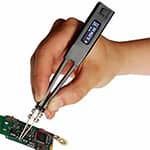
LCR-Reader LCR-meter
Lower-cost model with 0.5% basic accuracy and less features.
Read More
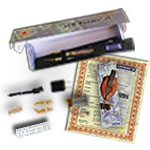
LCR-Reader Pro Task Kit
LCR-Reader Pro Task kit with various accessories and NIST traceable calibration certificate
Read More
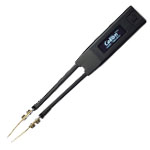
LCR-Reader Colibri®
Same features and functions as LCR-Reader with the added ability to manually select test frequency
Read More
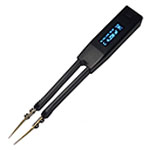
Smart Tweezers®
LCR/ESR meter with 0.2% basic accuracy and variable settings; NIST traceable calibration certificate
Read More
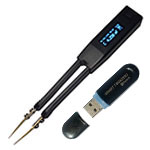
Smart Tweezers® ST-5S Bluetooth
ST5S-BT2 sends and recieve measurement data over Bluetooth connection for PC, Android and iOS
Read More
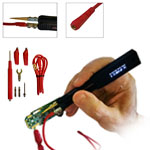
Kelvin Probe Connector Kit
Probe Station for LCR-Reader, MPA and Smart Tweezers® models.
Read More
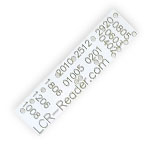
Offset Calibration Board
Provides accurate measuements of parasitics for removal
Read more
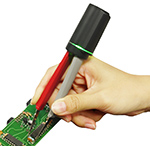
Smart LED Tester
LED tester with 3 current outputs; can test components with included cable
Read More
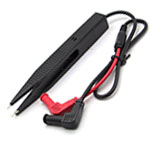
SMD Test Tweezers
Tweezer probes for multimeters with 4 mm jack plugs
Read More
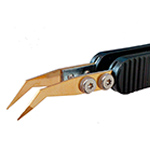
Read More
Bent tips for LCR-Reader, LCR-Reader-MPA and Smart Tweezers® models
Bent Tweezer Probes
















